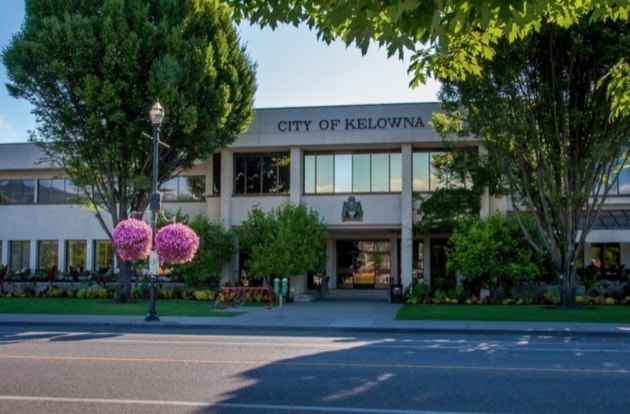By Tom Wilson
The City of Kelowna�㽶��Ƶֱ���s Annual Report probably didn�㽶��Ƶֱ���t make the best-seller list (it�㽶��Ƶֱ���s free, after all), it is a great publication to read about what was accomplished in 2016 and what the city has planned for the year ahead.
Last year, more than 1,340 people looked at this easy-to-read online publication available at kelowna.ca. This year�㽶��Ƶֱ���s edition is now available and features a number of brief video interviews with members of the community who talk about how they and their organizations connect with the community and with the City of Kelowna.
People with a finance background might find the financial section interesting, since it accounts for all the revenue and spending decisions in 2016.
Among all those numbers, here are a couple of important figures: 29.7 per cent and 28 per cent.
The first number reflects the percentage of operating expenditures in 2016 devoted to staff, while the second number is the amount of operating expenditures paid to contractors. These numbers are important because they reflect how the City of Kelowna strives for a balance between staff and contracted services to keep the tax demand lower.
For example, it�㽶��Ƶֱ���s more economical to contract out some services such as garbage collection or building construction than it is to pay wages and benefits for permanent full-time City staff to do those jobs.
Kelowna Council and administration are always focused on offering a fair tax rate for the services provided. Kelowna is in the bottom five lowest tax rates for cities in B.C. and 84 per cent of residents polled in 2015 said they receive good value for their tax dollar. And 55 per cent of city revenues come from sources other than taxation.
The city�㽶��Ƶֱ���s staff costs are watched closely�㽶��Ƶֱ���wage increments have averaged between one and two per cent for the past five years and five-year labour contracts have meant cost certainty and labour stability.
Meanwhile, Kelowna has been one of the fastest growing cities in Canada for the past five years. Our city attracted more than 10,000 new residents between 2011 and 2016�㽶��Ƶֱ���that�㽶��Ƶֱ���s a growth rate of nearly nine per cent.
Despite being the fastest growing region in Canada since 2013�㽶��Ƶֱ���which drives the need for more services, more roads, sidewalks, facilities�㽶��Ƶֱ���staffing levels have increased moderately.
Some of the new positions added in recent years address community priorities for social development, protective services and energy efficiency. Programs to implement energy saving will save taxpayers millions of dollars in the years ahead, while the Social Development Manager will establish a framework to more effectively address mental health and addiction issues in our city.
The city provides hundreds of services that require a wide variety of degrees and specialized qualifications. And it competes with the public and private sector to get employees who are qualified to fill these positions.
Hiring qualified people who have a heart for public service is an approach that strives to provide citizens with the best service and value possible for their money.
The Ipsos Research database of municipal norms in Canada found Kelowna residents are more likely than those living elsewhere to say they receive good value for taxes�㽶��Ƶֱ���84 per cent in Kelowna versus the national average of 77 per cent.
In fact, the majority of residents consistently tell the City of Kelowna they would rather pay a little more in taxes to maintain or expand services. In 2015, Ipsos found 56 per cent of residents had this preference, compared to the national average of 47 per cent who held this same opinion.
Some taxation is required to maintain a well run city that meets citizen demands. Enhanced public safety, social development, more support for entertainment and culture and better access to Okanagan Lake from waterfront and linear parks are some of the citizen-driven initiatives being funded.
Tom Wilson is a communications manager with the city of Kelowna



